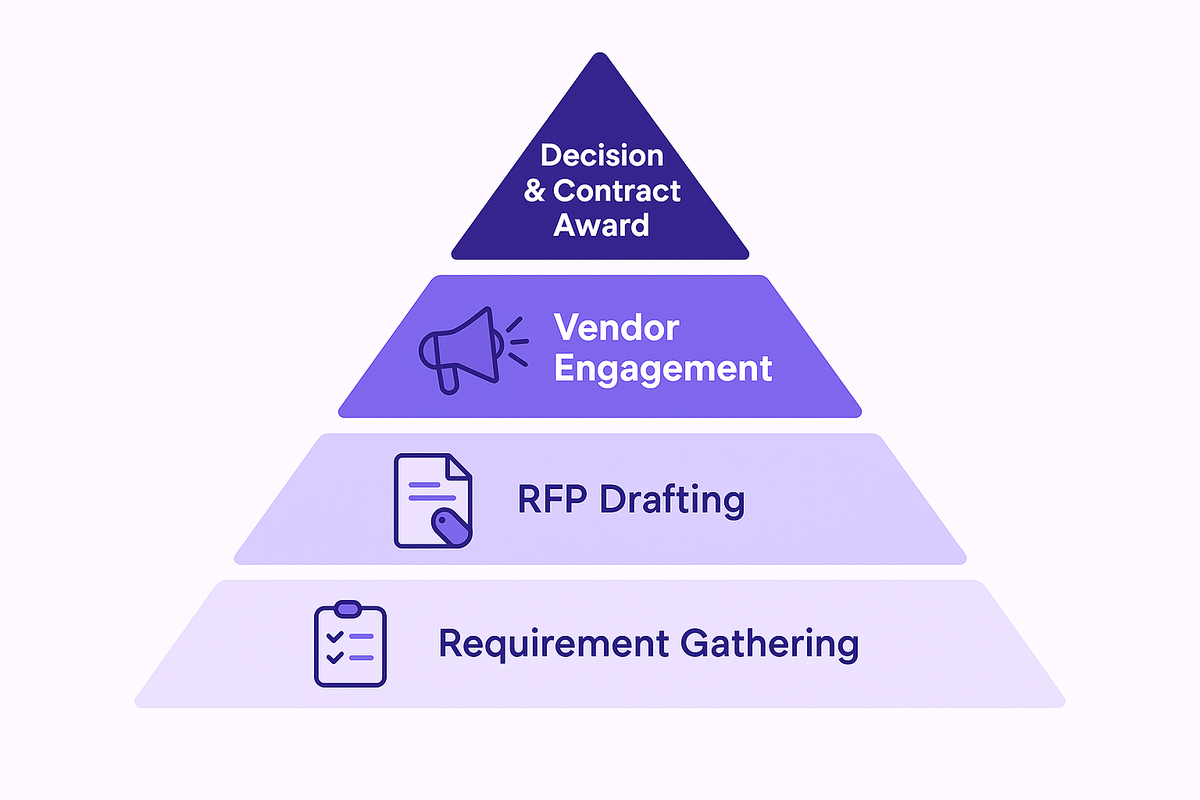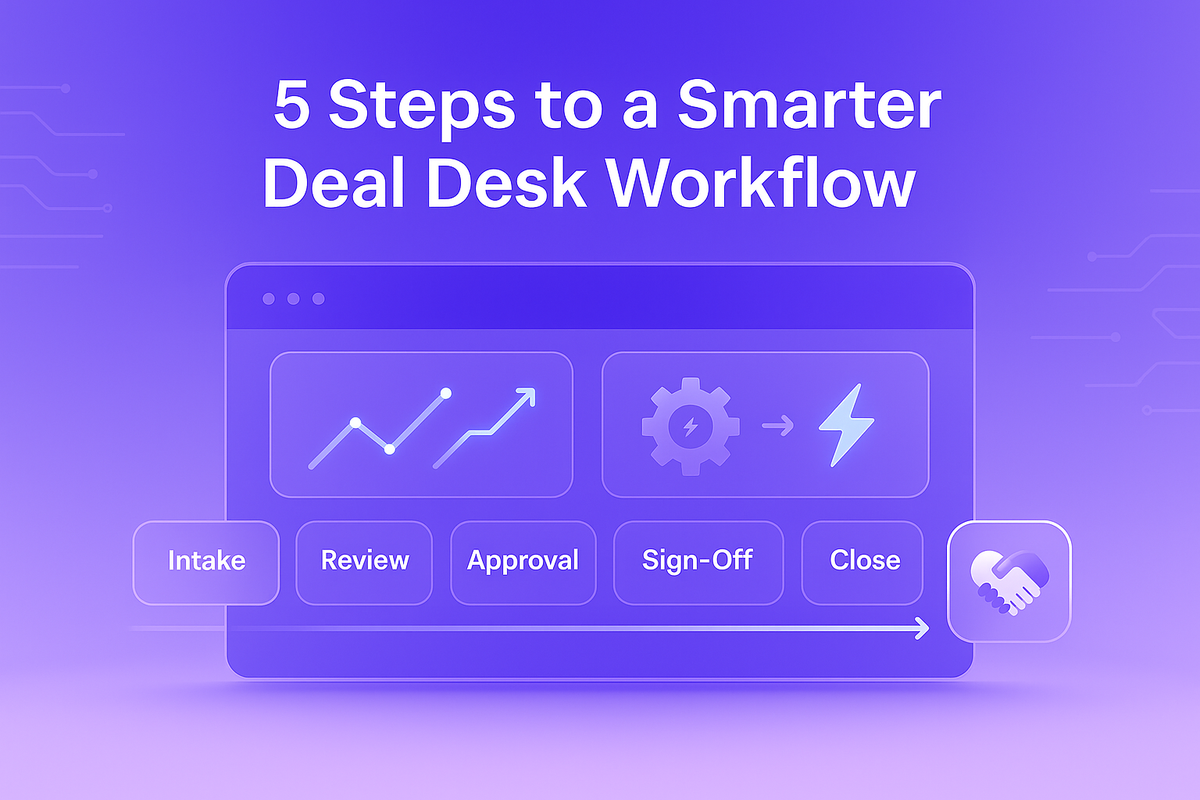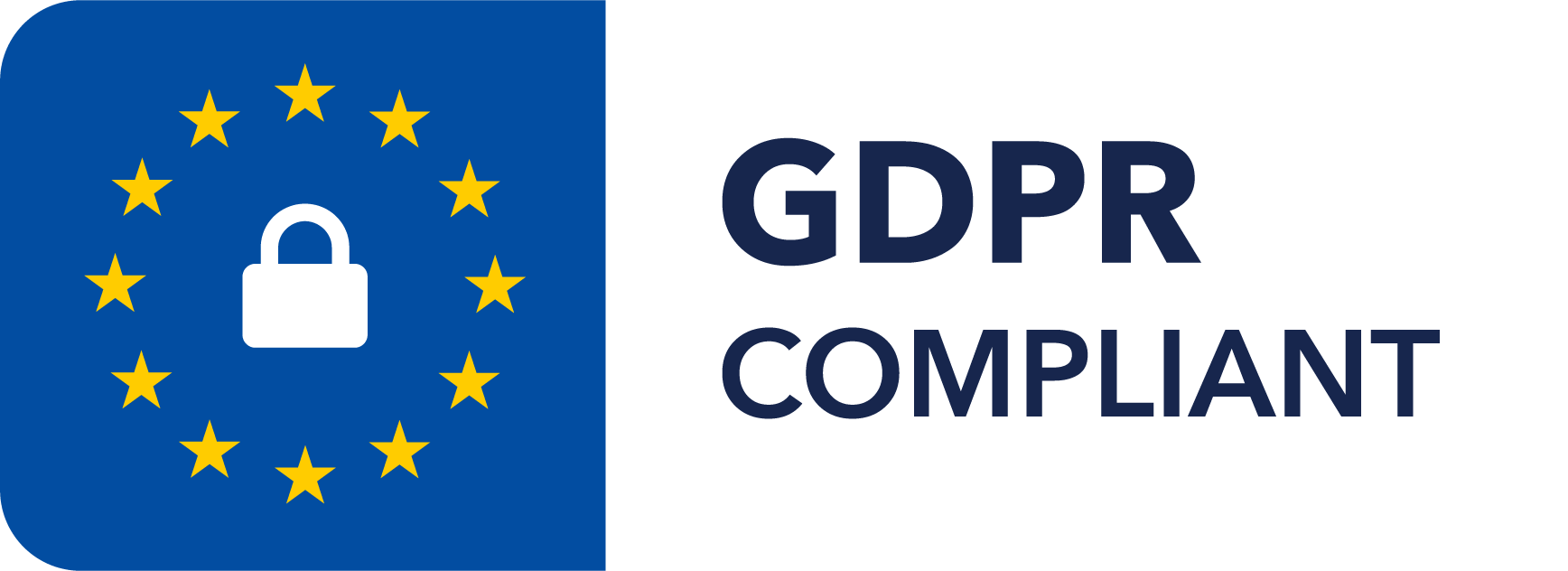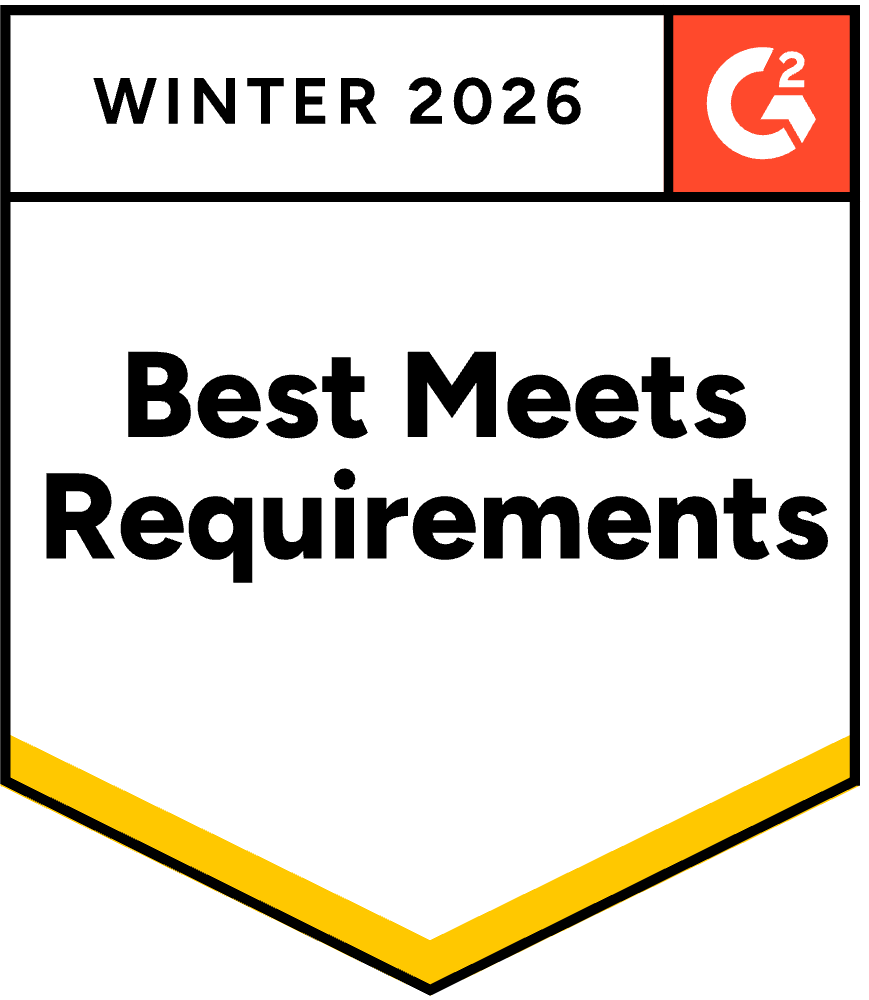The 7-Step B2B Proposal Process for Success
July 25, 2025
By
Evie Secilmis

Understanding the B2B RFP Process
In the world of B2B (Business-to-Business) interactions, the Request for Proposal (RFP) process is a pivotal component. Whether you're a seasoned professional or a newcomer in the industry, understanding how to navigate this process can significantly impact your business's success. This guide will walk you through the essentials of the B2B RFP process, best practices, and how to respond effectively.
A B2B Request for Proposal (RFP) is a document that businesses use to solicit proposals from potential vendors or service providers. It outlines the project's requirements, goals, and expectations, inviting suppliers to submit their proposals for how they would meet those needs.
Why Are RFPs Important?
RFPs are crucial in B2B transactions because they help companies find the best partner for their needs. By inviting multiple vendors to submit proposals, businesses can compare different solutions and select the one that offers the best value, quality, and service.
The B2B RFP Process
The RFP process can seem daunting, but breaking it down into manageable steps makes it easier to handle. Here's a comprehensive look at the stages involved:
1. Identifying Needs and Requirements
Before drafting an RFP, it's essential to understand what your business needs from a vendor. This involves gathering input from all stakeholders to ensure that every requirement is captured. Consider what problems you're trying to solve and what outcomes you expect.
2. Drafting the RFP Document
Once you have a clear understanding of your needs, it's time to draft the RFP. This document should include:
- Introduction: Brief overview of your company and the purpose of the RFP.
- Project Scope: Detailed description of the project, including goals and deliverables.
- Requirements: Specific criteria that vendors must meet, such as technical capabilities or experience.
- Submission Guidelines: Instructions on how vendors should submit their proposals, including deadlines and format requirements.
- Evaluation Criteria: Clear explanation of how proposals will be assessed.
3. Distributing the RFP
After drafting the RFP, distribute it to potential vendors. This can be done through direct emails, posting on your company's website, or using a procurement platform. Ensure that the distribution list includes vendors who are well-suited to meet your needs.
4. Receiving and Reviewing Proposals
Once the proposals start coming in, it's time to review them. This involves assessing each proposal against your evaluation criteria and comparing them to determine which vendor offers the best solution.
5. Selecting a Vendor
After thorough evaluation, select the vendor that best meets your requirements. Notify all participants of your decision and provide feedback to those who weren't selected.
6. Negotiating Terms
Before finalizing the contract, negotiate terms with the selected vendor. This ensures that both parties agree on the project's scope, timeline, pricing, and other critical details.
7. Finalizing the Agreement
Once negotiations are complete, finalize the agreement by signing a contract. This document should outline all agreed-upon terms and serve as a reference throughout the project.
Best Practices for RFP Success
To make the RFP process as smooth and successful as possible, consider these best practices:
Be Clear and Concise
When drafting your RFP, clarity is key. Avoid jargon and overly complex language. Clearly articulate your needs and expectations to prevent misunderstandings.
Set Realistic Deadlines
Give vendors ample time to prepare their proposals by setting realistic deadlines. This allows them to provide thorough and thoughtful responses, leading to better outcomes for your business.
Communicate Openly
Maintain open lines of communication with vendors throughout the process. Be available to answer questions and provide additional information as needed.
Evaluate Fairly
Use your evaluation criteria consistently and fairly to assess each proposal. This ensures an objective selection process and builds trust with vendors.
Provide Feedback
After selecting a vendor, offer feedback to those who weren't chosen. Constructive feedback helps vendors improve their future proposals and maintains positive relationships.
Common Challenges in the RFP Process
Navigating the RFP process isn't without its challenges. Here are some common obstacles and how to overcome them:
Lack of Clarity
If your RFP is unclear or incomplete, vendors may struggle to provide accurate proposals. To avoid this, ensure your RFP is well-organized and comprehensive.
Too Many Proposals
Receiving an overwhelming number of proposals can make evaluation difficult. To manage this, pre-screen vendors before inviting them to submit proposals.
Misalignment of Expectations
Misunderstandings about project expectations can lead to issues later on. Avoid this by clearly outlining requirements and maintaining open communication throughout the process.
Conclusion
The B2B RFP process is a powerful tool for finding the right partners for your business needs. By understanding each step and implementing best practices, you can navigate the RFP process with confidence and achieve successful outcomes. Whether you're drafting an RFP or responding to one, the insights shared here will help you make informed decisions and foster strong B2B relationships.
Remember, the key to a successful RFP process is clarity, communication, and collaboration. By keeping these principles in mind, your business can effectively leverage RFPs to drive growth and success.
Share this post
Link copied!




















